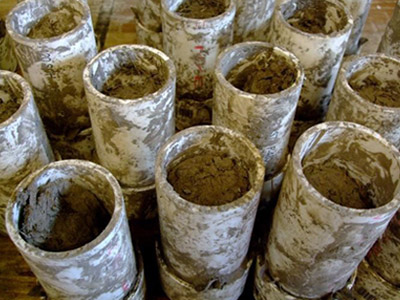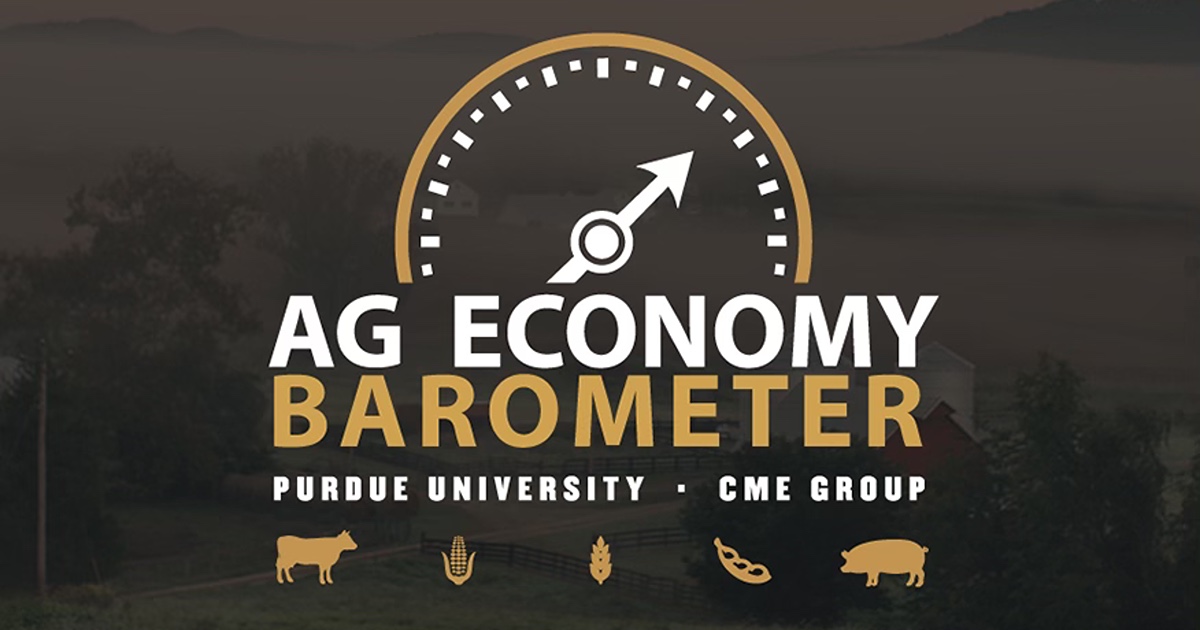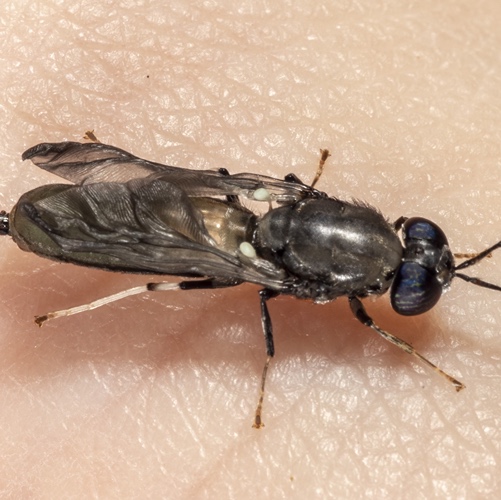WEST LAFAYETTE, Ind. - In a growing world, environmental management strategies that get the most out of every acre of land are imperative. When it comes to protecting water quality in agricultural landscapes, wetlands are a critical part of any efficient, cost-effective strategy. Wetlands are known for helping remove nitrogen and phosphorus from agricultural runoff, but they also can be major sources of greenhouse gasses, including methane (CH 4 ) and nitrous oxide (N 2 O).

With help from a $500,000 grant from the USDA’s National Institute of Food and Agriculture (NIFA), Dr. Jacob Hosen, assistant professor of ecology analytics and the internet of things for Purdue Forestry and Natural Resources, will be studying how hydrology and plant community diversity can be modulated to maximize nutrient retention and minimize production of greenhouse gasses from wetlands.
Hosen will be working on the project alongside Dr. Sara McMillan, associate professor of agricultural and biological engineering, and Laura Bowling, professor of agronomy. Their work will be complemented by the research of Purdue grad student Danielle Winter, who was recently awarded funding by the USDA North Central Sustainable Agriculture Research and Education (NC-SARE) for her graduate studies on wetland restoration design, "Design and Management of On-Farm Wetlands for Water Quality and Climate Regulation."
The group hypothesizes that wetlands can be restored or constructed so that nutrient retention can be maximized and greenhouse gas emissions can be minimized through hydrologic control and vegetation selection. By leveraging strategic targeting of wetland plant species and water table management, the researchers expect that they will be able to identify wetland designs that can be quickly and affordably implemented to maximize goals of improved water quality, water storage for irrigation use during dry periods, and reduced release of potent greenhouse gasses (GHGs).
“We’re excited to use ecological principles and big data to bring an innovative and cost-effective solution to this vexing problem,” Hosen said.

The research team will use microcosm experiments to simulate different plant residues and hydrological regimes. They also hope to identify plant species and water table management techniques that maximize water quality functions and minimize greenhouse gas emissions. These controlled experiments will be used to understand the mechanisms by which plants modulate nitrogen and phosphorus retention and GHG production.
To test the results of their findings in the real world, the team will use sensor networks deployed across wetland watersheds to measure how plants and hydrology change water quality, CH 4 and dissolved oxygen levels in real time to scale up their experiments to the entire wetland. These results will be used to advance models, including the Variable Infiltration Capacity (VIC) model.
The study leverages the wealth of field sites available at properties managed by Purdue Forestry & Natural Resources (FNR) and other departments in the College of Agriculture. This includes sampling and sensor deployment at FNR’s Purdue Wildlife Area as well as the Agronomy Center for Research & Education (ACRE).
The goal of the project is to help provide a guide for design and management of wetlands with both hydroperiod management for irrigation and plant composition that will maximize downstream water quality and storage or water in wetlands, while also reducing climate-change impacting greenhouse gas emissions. These new guidelines will increase the effectiveness and likelihood of success of wetland projects across the agricultural Midwest. Further, such designs can be adopted by practitioners at little to no added cost and will allow practitioners to modify their existing approaches.





